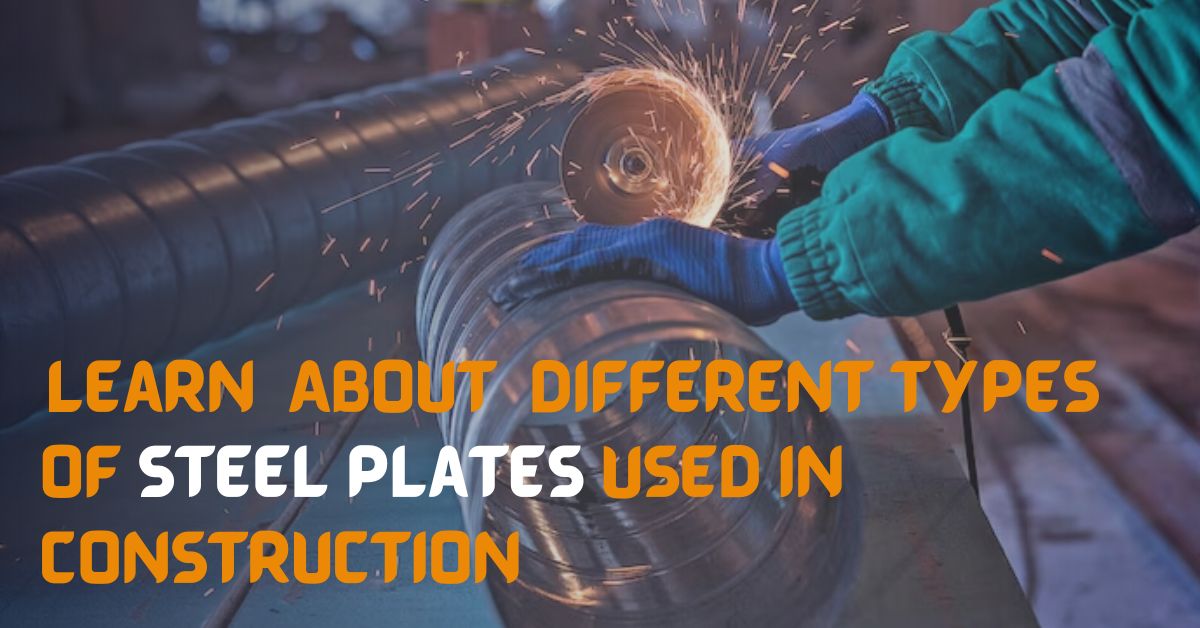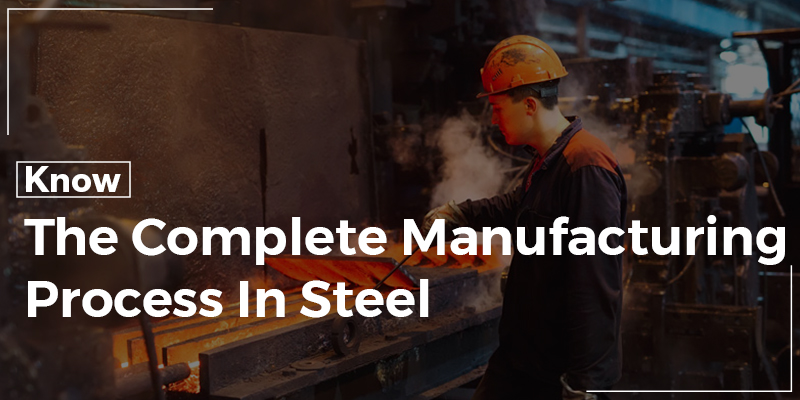Every steel plate has a unique combination of characteristics, ranging from anti-corrosion elements to the capacity to withstand various temperatures. Steel plates are used to build buildings, railroads, warehouses, and bridges because each building project is unique, selecting the appropriate steel plate is crucial. Due to its availability in various thicknesses, lengths and coatings, this metal is considered one of the most adaptable metals. Bharat Steels are one of the best MS steel suppliers in Chennai that provides a variety of steel shapes and sizes to meet your needs. In this blog, we will take a brief look at the various types of steel plates used in construction.
Chequered Steel Plates
Chequered steel plates are distinguished by elevated angular designs on the sheet’s exterior surface. These elevated patterns improve the overall grip of the plate. This allows for better mobility when being used. People report fewer skids and slips as a result of the texture of the chequered steel plates. This makes it the perfect material for industrial stairs, parking flooring, and footpaths. Its surface helps for safe and secure movements. Furthermore, chequered plates are simple to maintain. MS chequered plate surfaces can withstand a variety of undesirable substances, including dust, grime, oils, and other liquids.
Mild Steel Plates
Mild steel plates are commonly used in construction and building due to their adaptability and flexibility. It is a form of carbon steel that is available in various thicknesses. These plates are simple to weld and shape into the desired shape. It can also be easily shaped into different steel machinery and structures because of its ability to be cut and stretched into varied shapes. Because of the budget-friendly MS plate price in Chennai, they are frequently used in the construction industry. Furthermore, it is also used to create offshore equipment for the shipping sector.
Galvanised Steel Plate
Galvanised steel plates are distinguished by their sturdiness and corrosion resistance. Galvanization adds an additional layer of strength by immersing the steel in molten zinc. Galvanised steel plates can still be shaped into various shapes despite their strength. Galvanised plates feature an additional coating of zinc, which increases their resistance to abrasion. It is utilised in a variety of home equipment, including hot water heaters. Additionally, sheds and roofing materials like corrugated roofing sheets frequently use it. Due to its longevity and robustness, it is frequently employed in autos.
G.I. & B.I. Plates
Steel plates in the form of black iron and galvanised iron plates are frequently used in construction. G.I. sheets are distinguished by their corrosion-resistant protective metallic coating. B.I. sheets are created using copper and aluminium. Additionally, electric galvanising is carried out. As soon as zinc is applied, an electrical current flows through the sheet. Due to this, it is stronger and more resistant to various influences.
Steel plates are a typical building material, thus there are numerous varieties available. Businesses can create a variety of products and equipment using these diverse plates. If you’re seeking high-quality cost-effective SAIL TMT price in Chennai, then Bharat Steel is your option which offers reasonable products without compromising its quality.


